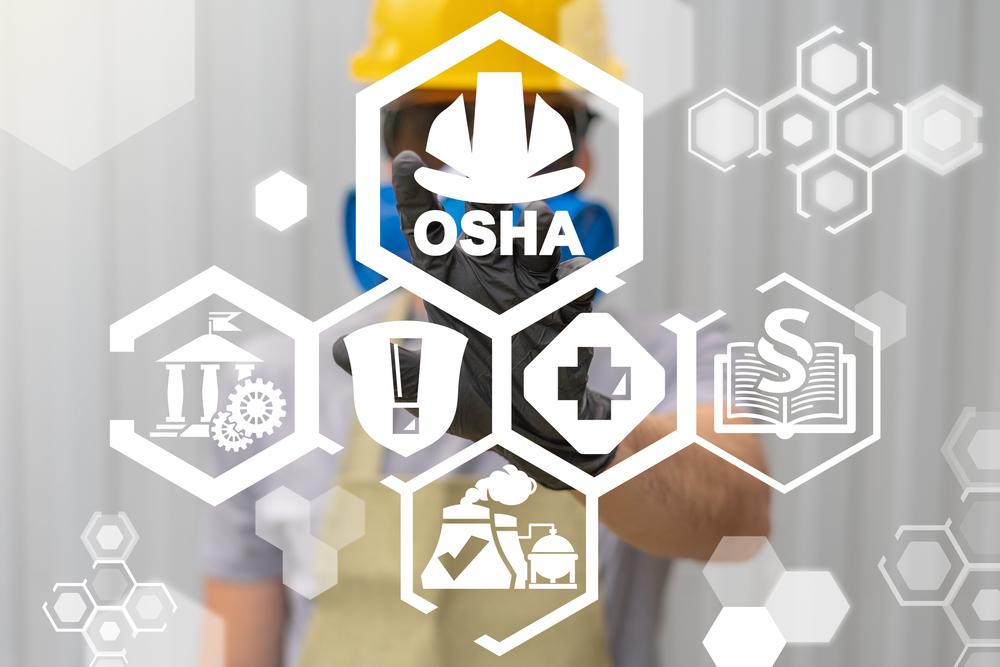As we approach the annual Tier II reporting deadline (March 1st), it’s important for businesses to be aware of their obligations under the Emergency Planning and Community Right-to-Know Act (EPCRA). Tier II reports are a critical component of chemical safety and regulatory compliance, providing local authorities and the public with information about the presence of hazardous chemicals at a facility.
What is Tier II Reporting?
Tier II reporting is a federal requirement under EPCRA, aimed at increasing transparency and improving emergency response capabilities. It applies to facilities that store hazardous chemicals in quantities exceeding specific thresholds. The goal is to inform local emergency planning committees (LEPCs), fire departments, and state emergency response commissions (SERCs) about potential chemical hazards in their communities.
Who Needs to Report?
Any business or organization that stores hazardous chemicals above certain threshold quantities must submit a Tier II report. The thresholds are typically:
- 10,000 pounds for hazardous chemicals that require a Safety Data Sheet (SDS) under OSHA regulations.
- 500 pounds or the Threshold Planning Quantity (TPQ), whichever is lower, for Extremely Hazardous Substances (EHS).
Common examples of substances that may require reporting include fuels, solvents, cleaning agents, battery acid, and other manufacturing chemicals. Facilities must regularly review their chemical inventory, as all substances with a Safety Data Sheet (SDS) should be evaluated to determine if their quantities meet or exceed reporting thresholds.
Key Components of a Tier II Report
A Tier II report contains detailed information about the hazardous chemicals present at a facility, including:
- Chemical Identity: The name and common names of each chemical.
- Storage Information: Details on the maximum amount stored, average daily quantity, and specific locations within the facility.
- Health and Physical Hazards: Information on the chemical’s potential risks to human health and the environment.
- Emergency Contacts: Key contacts at the facility who can provide information during an emergency response.
Why is Tier II Reporting Important?
Accurate Tier II reporting is crucial for several reasons:
- Community Safety: Ensures that local responders are aware of potential chemical hazards, enabling them to plan and respond effectively in an emergency.
- Regulatory Compliance: Helps businesses comply with federal, state, and local laws, avoiding significant fines and legal liabilities.
- Risk Management: Facilitates internal safety assessments and improves overall chemical management practices.
Tips for Successful Tier II Reporting
To ensure a smooth reporting process, consider the following tips:
- Start Early: Reviewing chemical inventories and gathering necessary data takes time. Starting early reduces the risk of errors and missed deadlines.
- Stay Organized: Keep an updated inventory of hazardous chemicals, including accurate Safety Data Sheets (SDS).
- Leverage Technology: Utilize software tools to streamline data collection and report submission, ensuring accuracy and compliance.
- Consult Experts: If unsure about reporting requirements, consult environmental, health, and safety (EHS) professionals who can provide guidance and support.
Upcoming Webinar: Tier II Reporting
To help businesses navigate the complexities of Tier II reporting, CMI’s Grant Fronheiser, Associate Environmental Specialist II, will be hosting a free webinar on December 12th, 2024. This session will cover the essentials of Tier II reporting, common pitfalls to avoid, and best practices for accurate and timely submission.
Register today to ensure your facility is prepared for the upcoming reporting deadline!
Conclusion
Tier II reporting may seem daunting, but with proper preparation and understanding of the requirements, it can become a straightforward part of your compliance strategy. By staying informed and proactive, businesses can ensure they meet their obligations and contribute to the safety of their communities.
For more information or assistance with Tier II reporting, contact CMI today. Let our team of EHS professionals help you stay compliant and safe!



